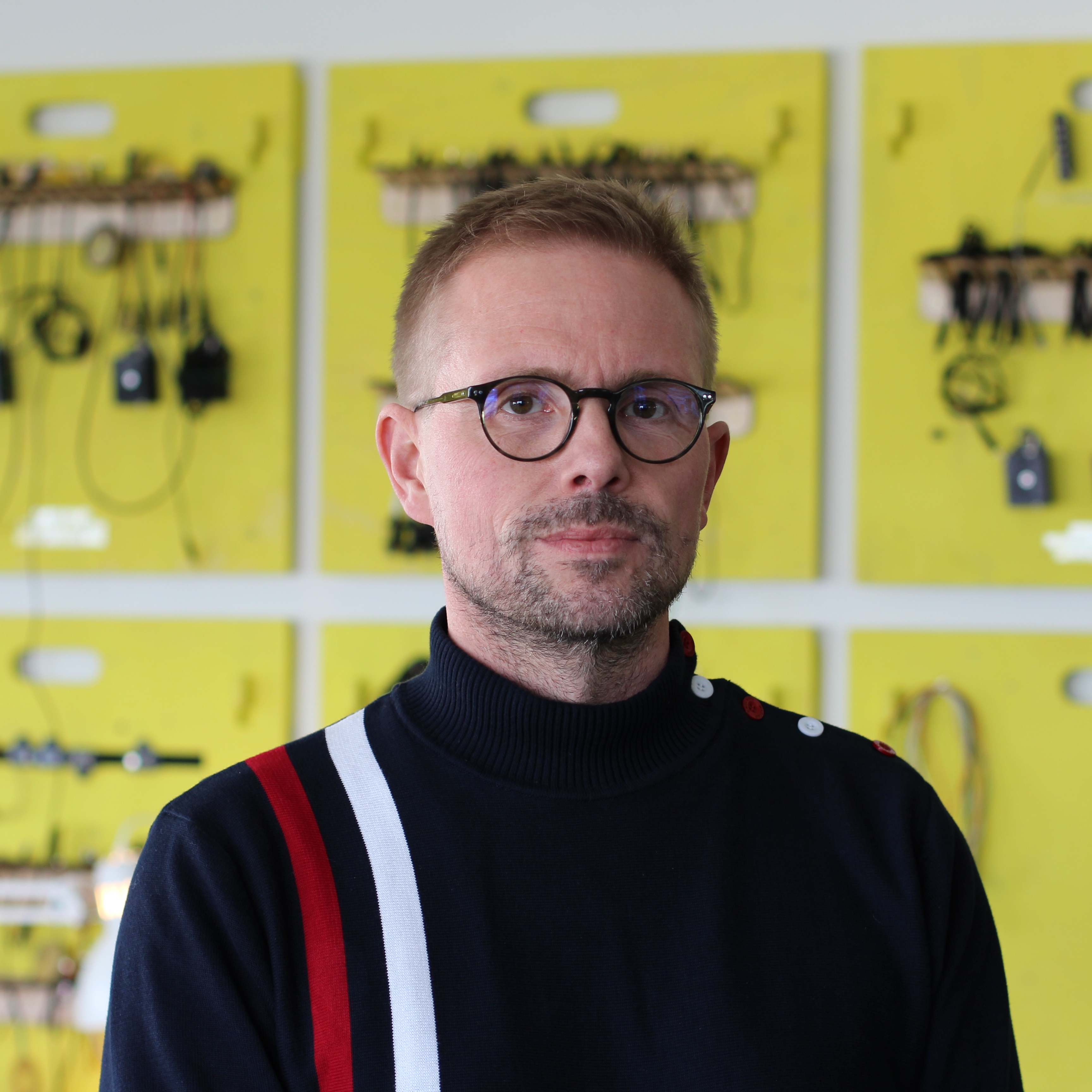Prof. Thor Magnusson
Professor at the University of Iceland and the Music Department at the University of Sussex
Thor Magnusson is a Research Professor at the University of Iceland and a Professor in Future Music at the University of Sussex. His work focusses on the impact digital technologies have on musical creativity and practice, explored through software development, composition and performance. In addition to theoretical work, he has developed audio software, systems of generative music composition, written computer music tutorials and created various musical live coding environments.
Magnusson’s monograph Sonic Writing: The Technologies of Material, Symbolic and Signal Inscriptions has recently been published with Bloomsbury Academic. The book explores how contemporary music technologies trace their ancestry to previous forms of instruments and media, including symbolic musical notation. The book underpins current research where Magnusson is running a European Research Council funded project called Intelligent Instruments. Magnusson is also a co-author of the Live Coding: A Users’ Manual book published by MIT Press.
Creative AI in our Hands: Playing with Intelligent Instruments
On May 08, 2024 at 05:00 PM (UTC+1)Intelligent instruments are a result of how contemporary AI technologies are becoming integral components of our musical ecosystems. The application of creative AI can range from automatic music creation to the embedding of intelligent algorithms in the instrument itself. Based on experience in practice-based research on creative AI systems, I will present a new mode of exploration and enquiry that emerges when we encounter an intelligent instrument and begin to discover their ergodynamics. The HCI notion of interactivity moves aside for autonomy and a stronger perception of agentical relations through dialogue, probing, curiosity, surprise, alterity and collaboration. When our musical instrument becomes an interlocutor with a strong agency our interaction shifts more to that of prediction, expectation, and confirmation, resulting in a heightened improvisational approaches.

How do you see the future of live coding in terms of its integration into existing musical practices and what further developments do you expect in this area?